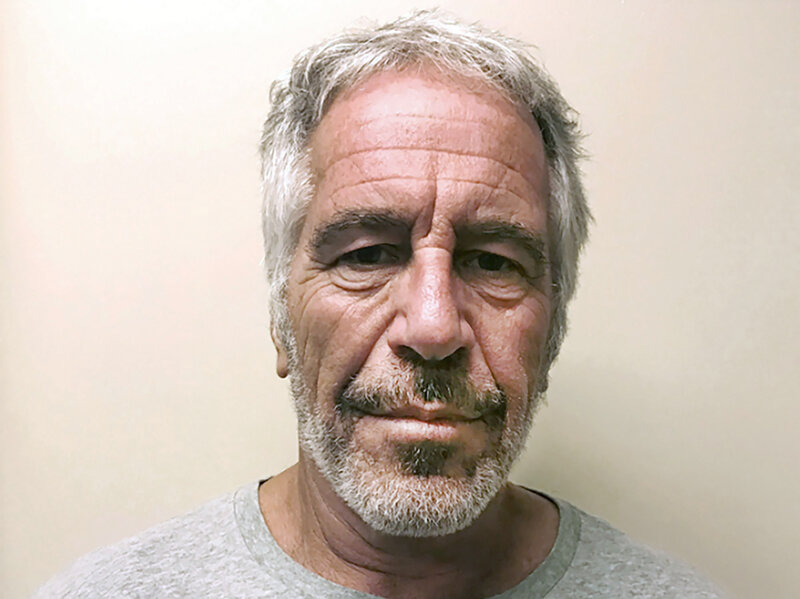The Internet has become a staple for terrorists. This trial illustrated that. Federal authorities have been working to monitor the terrorists activities on the Internet and have actually shut down sites. But it’s a daunting task considering there’s so much activity out there. How do you catch it all — or most?
By Sebastian Rotella
Los Angeles Times
An Atlanta jury on Wednesday found a 23-year-old man guilty of aiding terrorist groups after a trial that explored a subculture of youthful extremists who used the Internet to plot attacks and form a loose network connecting North America, Europe and South Asia.
Ehsanul Sadequee, the U.S.-born son of Bangladeshi immigrants, faces up to 60 years in prison after being convicted of conspiracy to materially support terrorists. The jury found that he had discussed attacks with accused militants in Toronto and Sarajevo, Bosnia-Herzegovina.
Along with another Georgia man convicted in June, Sadequee drove to Washington in 2005 to film the Pentagon and other potential targets, then e-mailed the scouting videos to British citizens who since have been convicted of terrorism charges.
“It’s a good example of how these Islamic extremists across the world connect up and start to organize using the Internet,” David Nahmias, the U.S. attorney in Atlanta, said in a telephone interview. “The Internet is very hard to control, and it is exploited by the bad guys.”





